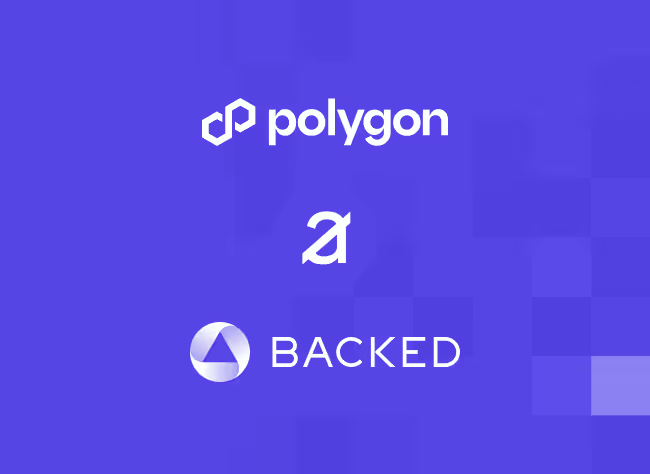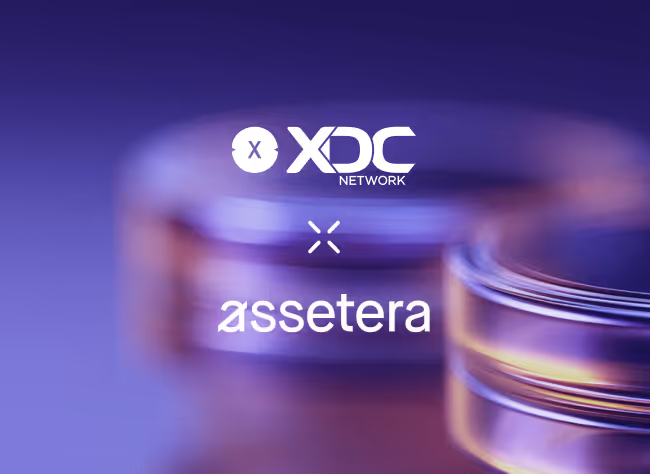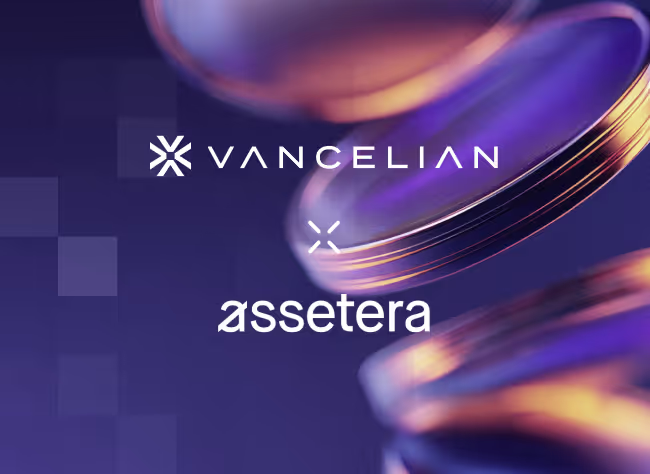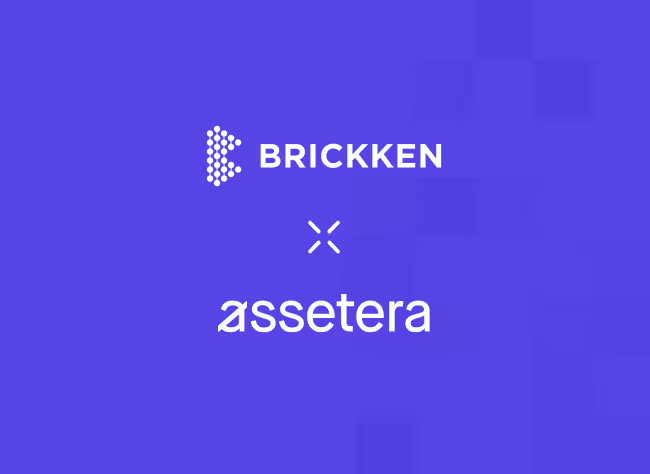Assetera in the Courier Business Section
Assetera brings traditional assets onto the blockchain

Vienna, Austria, 23 September 2025. The Viennese fintech Assetera brings traditional assets onto the blockchain.
Until now, cryptocurrencies have primarily been traded on the blockchain. The distributed database, where transactions are recorded for public viewing, has long since piqued the interest of the financial world. The Vienna-based fintech Assetera also wants to make traditional assets such as real estate, stocks, and commodities available on the blockchain. To do this, the assets are converted into digital tokens, or tokenized in technical jargon. Each token represents a portion of the asset and can be bought and sold on the blockchain. "Anything that can be legally accessed, physically or contractually held, or clearly defined on a company's balance sheet can also be brought onto the platform as a digital token," says Assetera founder Thomas Labenbacher.
The company supports its clients in converting assets into tokens and verifies that legal and regulatory requirements are met. Assetera also places the tokens into circulation and enables trading of the digital assets on its platform.
Tokenization could make traditional assets accessible to new target groups, says Labenbacher. It also opens up new financing options. Among its customers is a photovoltaic company that plans to use tokenization to finance the construction of additional PV systems.
The Assetera platform also trades tokenized stocks, funds, and bonds. The platform also works with partners who tokenize stocks, funds, and bonds traded on international financial markets.
"Efficient and cost-effective"
The blockchain offers the greatest possible transparency because it can be used and viewed by all market participants. Furthermore, trading is efficient and cost-effective, says Labenbacher, who worked as a banker for Austrian financial institutions and later for the German direct bank Fidor.
After selling the bank in 2018, he founded a blockchain fund and also worked as a venture capitalist. He says he wants to return to operations with Assetera.
For experienced investors
With its trading platform, Assetera is aimed at more experienced investors who are already familiar with the technology. Quick speculative profits, such as those possible with cryptocurrencies, cannot be achieved with tokenized assets, says the former banker.
Assetera also plans to work with crypto exchanges or banks that also want to offer tokenized securities. They can integrate the tokens into their offerings via interfaces and sell them to their customers. They no longer have to worry about legal compliance, as Assetera holds the relevant licenses in the EU. This way, Assetera gains additional users. While the market is growing, there's still room for improvement.
Great potential
Tokenization would offer previously unavailable opportunities for issuers and investors. The potential is enormous, says Labenbacher, citing studies that predict annual growth rates of more than 50%. A forecast by Ripple and the Boston Consulting Group, for example, predicts that 25 percentof all approved financial instruments will be tokenized by 2030. Labenbacher assumes that institutional investors will also turn to tokenized assets in the long term.
"Hub for Blockchain Technology"
Labenbacher gives the location a positive review. Viennahas developed into a hub for crypto asset service providers and blockchain technology, partly due to the influx of companies. The Financial Market Authority (FMA) is also well-versed in the field and offers competent support. This is good for the country and the companies that operate here.
There is, however, one downside, says the founder: "Competition for talent is increasing. We have already had employees poached from us."
Read the full article here.




